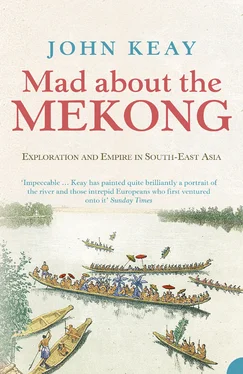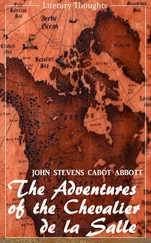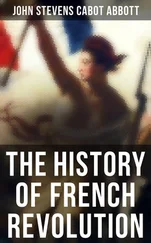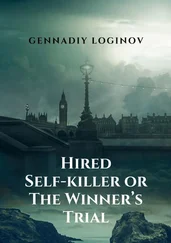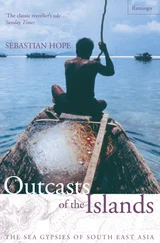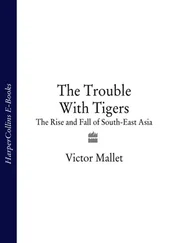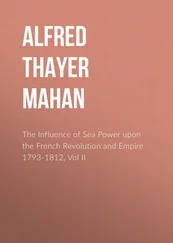Nothing if not resilient, Delaporte would rise above such things. In a coloured version of the group photo (on which he presumably painted in the colour), his chestnut trousers invite more comment than his outsize head. Other portraits show a head so disproportionate as to suggest deformity. He looks a bit mad. But what is more significant is the fact that of Delaporte there are indeed other portraits. Against the odds, he and he alone was destined for a long and distinguished career as an explorateur. It began at Angkor, to which only he would ever return, and it would continue amongst Angkorian archaeology, of which he would become the outstanding champion of his generation.
As for the Mekong journey, it is largely thanks to Delaporte that it still has any popular resonance at all. His written contribution to the official report and to Garnier’s personal narrative would be much the most readable, vivid and sympathetic of all the writings on the expedition. He wrote with the observant eye and the kindly heart of a genuine enquirer. Still more memorably, he drew with the genius of a considerable artist. His pictures, worked up from sketches made throughout the course of the journey and then engraved as plates for the various published accounts, have since achieved a much wider currency. Not exceptional are the fifty-five Delaporte plates which, unacknowledged and extensively recaptioned, illustrate Ross Colquhoun’s 1885 book Amongst the Shans. As ‘period prints’, Delaporte’s drawings now hang in upmarket hotels from Hong Kong to Bangkok, feature in tourist brochures, grace many a calendar, and have been reliably reported adorning the nether regions of a Kunming massage parlour. Siem Reap’s newly opened Foreign Correspondents Club has a few Delaporte prints hanging amongst its press photos; the town’s grandly restored Grand Hôtel d’Angkor has whole walls of them.
In the days before photography became an easy option for the traveller, no expedition was better served by its artist. Like Garnier’s writings, Delaporte’s pictures would capture the exoticism of the whole enterprise and especially that interplay of innocence and menace, of moments of serenity between eruptions of madness, which became the received image of the Mekong. Long before Conrad and Coppola, before Pol Pot and the Khmer Rouge, Louis Delaporte created the idea of the river at the ‘heart of darkness’; and to see the Mekong today is to look through eyes on which this idea, his image, is indelibly imprinted.
Phnom Krom was a case in point. Near the summit of the hill beside the Great Lake there stands today the most rundown wat in Cambodia. Mangy dogs scratch and snarl in the shade of its sala (the raised and roofed assembly room). An updraught from the lake eddies around the deserted courtyard, lifting the dust and wrapping an amputated tree in bandages of shredded polythene. The prayer hall is locked, information unobtainable. Most of Cambodia’s monasteries were sacked by the Khmer Rouge, and this one looks as if it has yet to be reconsecrated. But a little further, a little higher, and seven centuries earlier, the hilltop cluster of Angkorian stupas provides instant reassurance to a Delaporte disciple.
Clearly his upriver pictures with their naked savages and their jungle fronds of wallpaper intricacy owed something to artistic licence. Rhinos rootling through an abandoned palace, and elephants crowding the rock-strewn riverbed, were what nineteenth-century romantics expected. Dr Thorel teetering through the forest canopy in search of orchids was what his employers expected. For the exploding cataracts and the sheer Niagaras, as for the forest cathedrals and the obelisks of rock, allowance has also to be made. The river couldn’t actually be that fast or the trees that vast. Delaporte was exaggerating.
But not apparently with the ruins of Angkor. The three stupas of Phnom Krom are still much as he drew them. A tree has disappeared, and another has grown where there had been none. The stupas (Buddhist memorial monuments, also known as chedis, chortens, dagobas, thats or topes ) look more precarious, and some of the masonry is missing. So is the stone Buddha figure that Delaporte had found lying in a bush. Otherwise all is exactly as depicted in 1866.
It is the same at Angkor Wat and Angkor Thom, at the Bayon and at the Bakheng (another hilltop site). To the casual observer the buildings look practically unchanged. Allowance has to be made only for the sometimes artful composition of the picture and for later site clearance of some of the more riotous vegetation. In all other respects the fidelity of Delaporte’s drawings of Angkor cannot be faulted.
This seemed to raise an intriguing question. Perhaps artistic licence was not in his repertoire. As the draughtsman for a scientific expedition, accuracy should have been paramount. Perhaps the elephants and the orchids, the lowering forest and the raging river were not exaggerations at all. Being on guard against his ‘heart of darkness’ image did not mean discounting it altogether. Perhaps upriver the gorges were still as grand, the waters as wild, and the menace as tangible as his pictures suggested.
Regardless of their accuracy, what makes Delaporte’s drawings so appropriate is their apparently prophetic quality. In 1866 Cambodia’s nightmare – ‘the horror … the horror’ evoked by Conrad and echoed by Coppola – had yet to materialise. It burst upon the country a hundred years later in the Khmer Rouge’s reign of terror. Although the hell lasted less than a decade, it left such a reek of pain that today even the place names – ‘Svey Rieng’, ‘Kompong Chhnang’, ‘Stung Treng’ – sound like agonised utterances hissed through the gritted teeth of the dying. Actual shrieks and screams were strictly forbidden in the interrogation cells. To discourage reactions so reactionary, there was always another tweak in the torturer’s repertoire. Men protested their pain, if at all, with a click of the tongue and guttural retchings. Dying, too, was a hushed affair, rarely worth a bullet; and contrary to received opinion, much of it was not even intentional.
‘Fried frog and chips’? Or ‘virgin pork uterus in sour sweat sauce’?
The menu in today’s Café Kampuchino in Siem Reap reads like a witchdoctor’s shopping list. Cambodia’s culinary ingenuity was legendary long before the Khmer Rouge; it extends to various sorts of rat, bat, toad and snake, some of the larger, scrunchier insects, and assorted innards and extremities from more familiar animals. No great courage is required to order these things. Like heavily advertised promotions the world over, they are never available. ‘No have,’ says the waiter, scrutinising the carte as if he has never seen it before. ‘Bat no now,’ ‘Entrail finish,’ ‘Frog tomorrow.’ The list of fare is in fact a wish-list. Only rice or noodles with vegetables and a few proteinous trace elements can be guaranteed. As for the more delectable sections of, say, a chicken – the bits between its feet, its beak and its parson’s nose – they never appear. What happens to breast, leg, wing and wishbone is one of the inscrutable East’s best-kept secrets.
In the 1970s, participants in the socialist experiment pioneered by the Khmer Rouge were reported as being reduced to scouring the rice stubble for edible bugs and devouring any vertebrate in its entirety. From the killing in the Killing Fields not even butterflies were exempt. Lice were reportedly prized fare in the death camps. Cambodia was starving; and during its ‘holocaust’ far more died from malnutrition – and the reduced resistance to malaria that resulted – than from the better-documented incidence of torture, strangulation or a blow to the back of the head at the edge of a pre-dug grave.
Читать дальше
